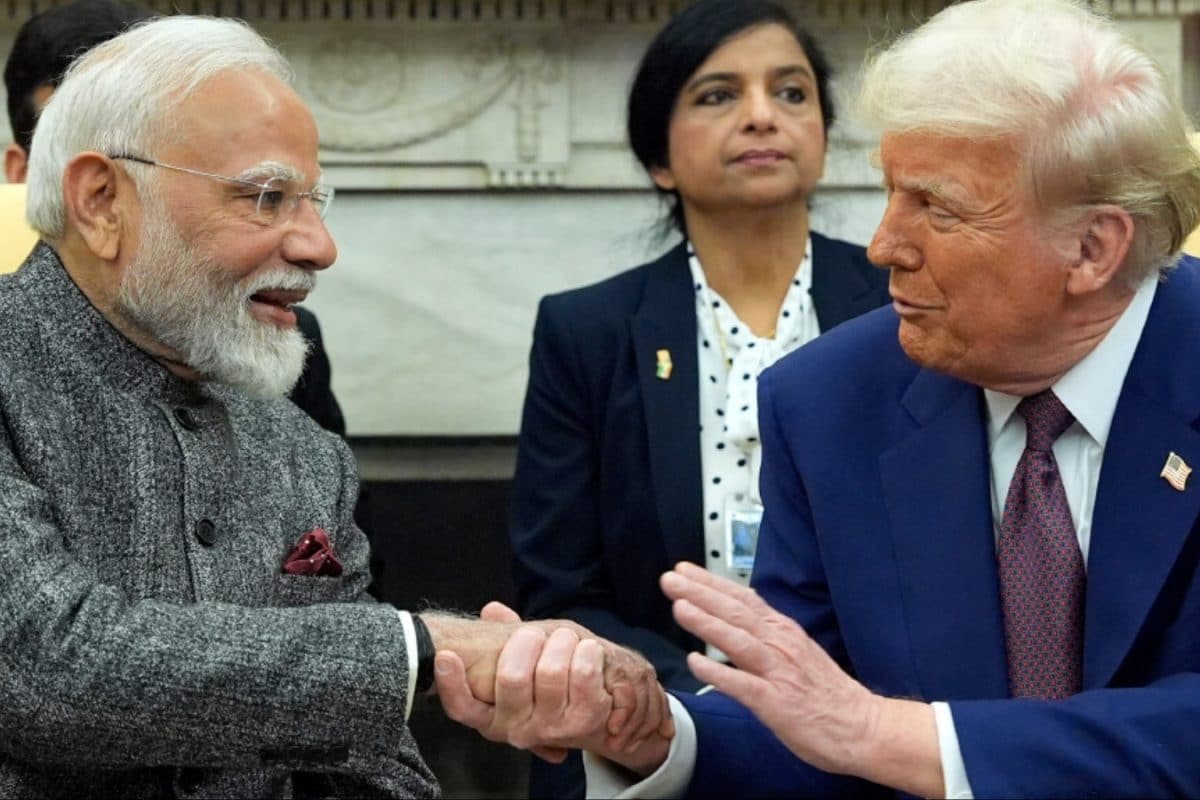

US Commerce Secretary Howard Lutnick has expressed optimism about finalizing a trade deal with India soon, praising Prime Minister Narendra Modi and highlighting his strong relationship with President Donald Trump. Speaking at the U.S.-India Strategic Partnership Forum (USISPF) in Washington D.C. on June 2, 2025, Lutnick outlined the future of U.S.-India trade ties, urging deeper economic cooperation in line with President Trump's tariff-driven approach.
Lutnick emphasized the unique connection between the two leaders, stating, "President Donald Trump is the only person in our administration elected by the full United States of America and so does PM Modi in India." He noted that this shared experience of being directly elected by their countries creates a strong and positive relationship, paving the way for easier trade negotiations. This sentiment echoes earlier praise from Ray Vickery, a former US Assistant Secretary of Commerce, who lauded Modi, EAM Jaishankar, and Minister Goyal for their skilled diplomacy in maintaining strong US-India ties amidst trade tensions, including events like "Howdy Modi."
The Commerce Secretary acknowledged the rapid pace of the current administration's approach to trade negotiations, contrasting it with the traditional multi-year timelines. "These kinds of deals used to take 2 or 3 years, and we're trying to get them done in a month, which is, you know, just not the ordinary DNA of trading relationships between countries," he said. He clarified that the U.S. is not seeking sweeping concessions from India but rather "reasonable access to the markets of India," aiming to reduce the trade deficit. In exchange, India would gain special access to key markets in the American marketplace. Lutnick stated that ongoing talks are in a "very good place," expressing confidence that a deal is within reach in the "not-too-distant future."
Echoing this positive outlook, Indian Commerce Minister Piyush Goyal stated that both countries are committed to working together and desire to give preferential access to each other's businesses. He noted that teams from both nations are actively collaborating on the proposed bilateral trade agreement, with the goal of more than doubling bilateral trade to $500 billion by 2030, up from the current $191 billion.
Negotiations are reportedly accelerating to conclude an interim trade agreement by late June to avoid new 26% US tariffs on Indian exports, with India seeking a full rollback of the April 2 tariff hikes. India was among the first nations to start trade talks with the U.S. this year, with Modi's government making several concessions on trade and immigration to maintain momentum. India's chief negotiator, Special Secretary in the Department of Commerce Rajesh Agrawal, has engaged in discussions with his American counterpart, and Goyal has also visited Washington to accelerate negotiations.
Despite optimism, challenges remain. In April 2025, President Trump announced new tariffs to address foreign trade practices, imposing a baseline 10% tariff on most U.S. imports and a higher 26% rate on some partners, including India. Furthermore, Trump imposed a 27% reciprocal tariff on most Indian exports to pressure India into lowering its tariffs. Strategic sectors like pharmaceuticals were exempt, but industries such as textiles and machinery were affected. In May 2025, Trump declared a doubling of current duties on steel and aluminum imports effective June 4, raising concerns about the impact on Indian exporters, particularly those involved in value-added steel products and auto components.
Despite these tariff-related concerns, the U.S. remains India's main trading partner for the fourth consecutive year, with two-way trade reaching $131.84 billion in 2024-25. The U.S. accounts for approximately 18% of India's total goods exports, 6.22% of imports, and 10.73% of overall merchandise trade. A successful trade agreement could further strengthen this relationship, boosting India's goods exports and solidifying the economic ties between the two nations.
Looking ahead, potential areas for deeper collaboration include a comprehensive economic agreement, a digital trade agreement addressing data governance and intellectual property, joint innovation funds for startups and R&D in AI and biotech, and increased educational partnerships to bridge skill gaps.